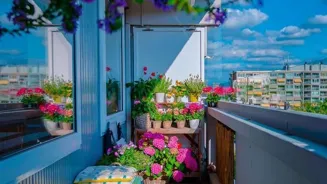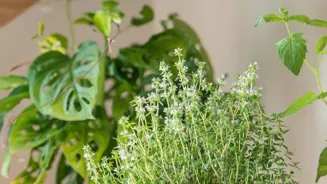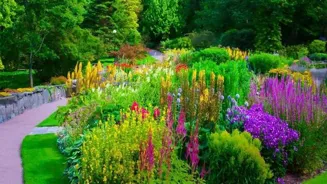Discover 9 Tips for a Vibrant Terrace Garden in Urban Spaces! Transform your terrace into a green oasis. Read more!
Living in a bustling Indian city often means limited space, especially when it comes to
connecting with nature. But don't let that deter you! A terrace garden can be your personal green haven, a place to relax, grow your own food, and contribute to a healthier environment.
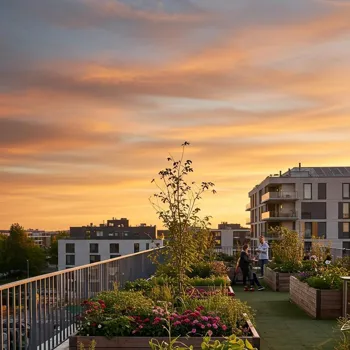
Starting one might seem daunting, but with the right guidance, it's absolutely achievable. So, ditch the concrete jungle blues and get ready to transform your terrace into a flourishing oasis with these nine essential tips.
Assess Your Terrace's Potential
Before diving headfirst into planting, take a good look at your terrace. Observe how much sunlight it receives throughout the day. Different plants have different sunlight requirements. Some thrive in direct sunlight, while others prefer shade.
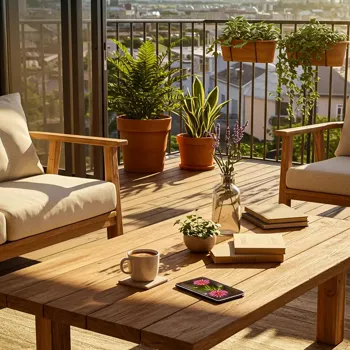
Also, consider the weight-bearing capacity of your terrace. Soil and filled containers can be heavy, so it's important to ensure your terrace can handle the load. Check for any existing waterproofing and address any potential drainage issues to prevent water damage to your building.
Lastly, think about the wind conditions on your terrace. A windy terrace might require windbreaks to protect delicate plants.
Choose the Right Containers
The choice of containers is crucial for a successful terrace garden. Consider the size, material, and drainage of the pots. Terracotta pots are porous and allow for good aeration, but they can dry out quickly. Plastic pots are lightweight and retain moisture better, but they can overheat in the sun.
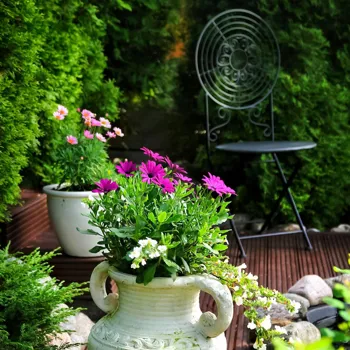
Grow bags are another excellent option, especially for vegetables. Ensure that all your containers have drainage holes to prevent waterlogging, which can lead to root rot. Also, choose sizes appropriate for the plants you intend to grow.
Small herbs can thrive in smaller pots, while larger plants like tomatoes and peppers will need bigger containers.
Select the Perfect Soil Mix
The soil is the foundation of any garden, and terrace gardens are no exception. Avoid using regular garden soil, as it can be too heavy and dense for containers. Instead, opt for a well-draining potting mix specifically formulated for container gardening.
You can also create your own potting mix by combining equal parts of garden soil, cocopeat, and vermicompost. Cocopeat helps retain moisture, while vermicompost provides essential nutrients. Consider adding perlite or rice husks to improve drainage and aeration.
Ensure that the pH of the soil is suitable for the plants you intend to grow. You can purchase pH testing kits at most garden centers.
Plan Your Planting Strategy
Before you start randomly planting seeds, take some time to plan your garden layout. Consider the size and growth habits of the plants you intend to grow. Taller plants should be placed at the back of the garden to avoid shading smaller plants.
Group plants with similar water and sunlight requirements together. Think about vertical gardening options such as climbing vines or wall-mounted planters to maximize space. Companion planting is another technique to consider.
Some plants can benefit each other by attracting beneficial insects or repelling pests. For example, planting marigolds near tomatoes can help deter nematodes.
Water Wisely
Watering is crucial for the survival of your terrace garden, especially during the hot Indian summers. The frequency of watering will depend on the climate, soil type, and the specific needs of your plants. Check the soil moisture level regularly by inserting your finger into the soil.
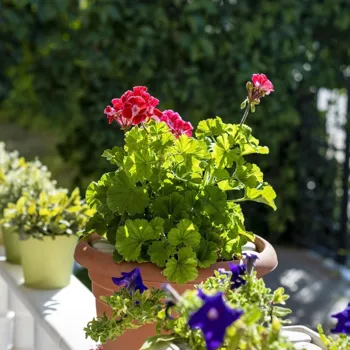
If the top inch feels dry, it's time to water. Water deeply and thoroughly, allowing the water to drain out of the drainage holes. Avoid overwatering, as this can lead to root rot. Consider using a watering can or a hose with a nozzle to avoid damaging delicate plants.
Drip irrigation systems can also be a water-efficient option for larger terrace gardens.
Nourishment is Key
Just like humans, plants need regular nourishment to thrive. Fertilizers provide plants with the essential nutrients they need for healthy growth. You can use organic fertilizers like compost, vermicompost, or bone meal, or opt for chemical fertilizers.
Follow the instructions on the fertilizer package carefully and avoid over-fertilizing, as this can burn the plants. Apply fertilizers during the growing season, typically spring and summer. Liquid fertilizers can be applied directly to the soil or as a foliar spray.
Foliar spraying allows plants to absorb nutrients through their leaves.
Terrace gardening tips for a thriving garden
Terrace gardening is a wonderful way to connect with nature, and enjoy fresh vegetables. Remember to always use organic methods to nurture your plants. With these nine tips, you'll be well on your way to creating a thriving terrace garden that you can enjoy for years to come.
Don't be afraid to experiment and learn from your mistakes. Gardening is a journey, not a destination. Enjoy the process, and reap the rewards of your hard work. Happy gardening!




